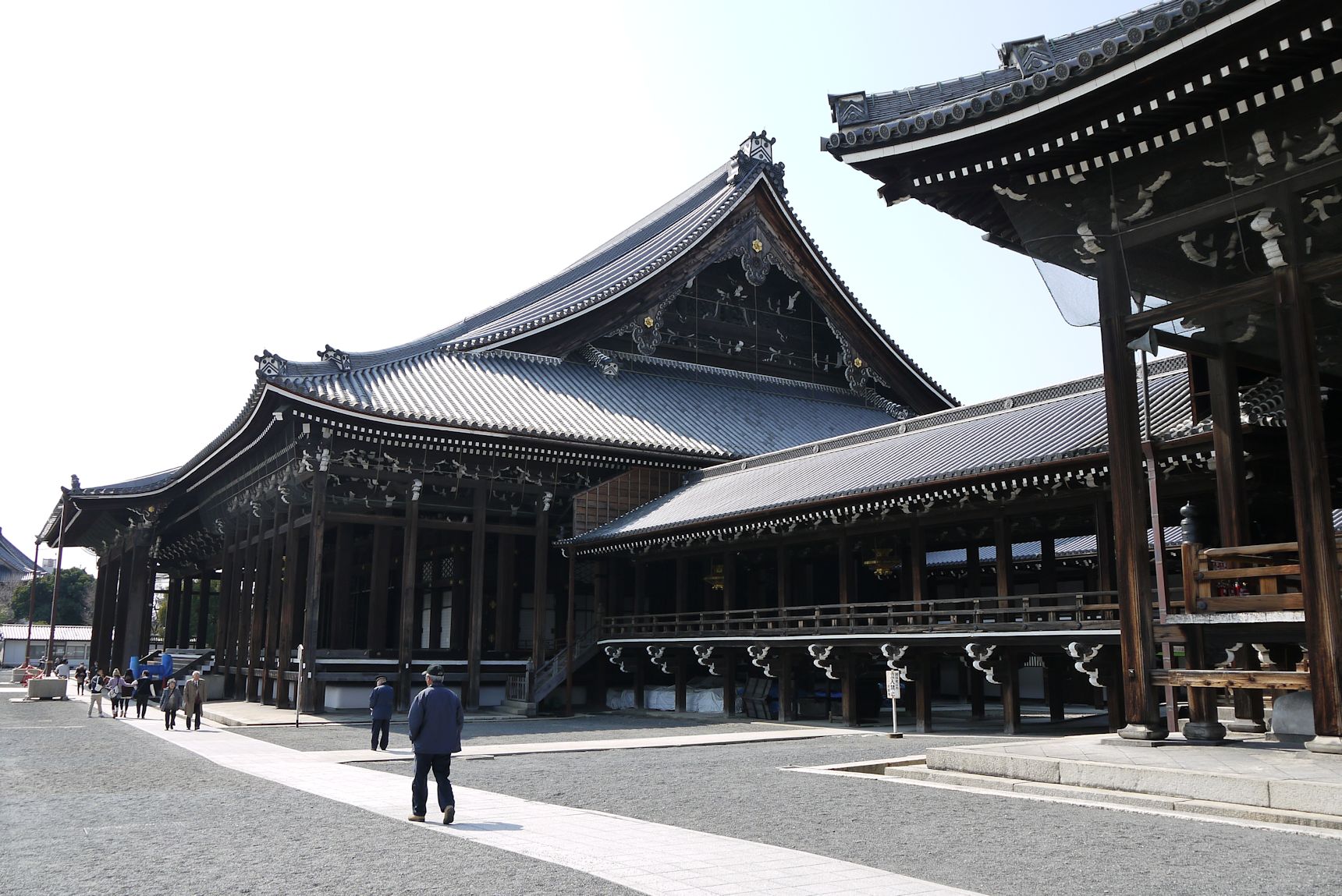HONGWANJI BUDDHIST ASSOCIATION32 Burra Road Artarmon NSW 2064 |
|
|---|---|
|
Menu Buttons In HTML by Css3Menu.com |
HONGWANJI
Jodo Shinshu Hongwanji-Ha usually referred to as Nishi Hongwanji, was founded by Shinran Shonin who was born in 1173, as the son of Arinori Hino of the Fujiwara clan. He received ordination and entered priesthood at the age of 9, and underwent rigorous training and study at Mount Hiei, the great centre of Tendai teaching and discipline. After 20 years of earnest effort to find the way of deliverance, he became disillusioned by the trend of Hiei-zan which not only tended to cater to the wishes of the social and political authorities, but also compromised with traditional folk-lores and had lost sight of the essential sprit of Dengyo Daishi, the founder of Hiei-zan. After leaving the mountains he met Honen-shonin (1133-1212) at Yoshimizu, Higashiyama, who was preaching the doctrine of Nembutsu (intonation of Namu Amida Butsu as practice). He soon became the leading disciple of the Master and as the Nembutsu found increasing numbers of followers, both Master and Shinran became the targets of harassment by older established orders. Finally, in 1207 the Nembutsu was prohibited by Imperial Edict and Shinran and Honen were banished to Echigo and Tosa respectively. Although both Master and disciple were pardoned in 1211, Shinran chose to remain in the Kanto region and it was during his stay there that he completed the KYO GYO SHIN SHO which extolls the virtues of the Nembutsu of Absolute Other (Primal Vow) Power and thereby laid the foundation for Jodo Shinshu. After his death in 1262, at the age of 90, his daughter Kakushinni erected a mausoleum in his memory at Otani, Higashiyama, Kyoto, and this became the nucleus for the formation of the Hongwanji. In 1591, feudal lord Toyotomi Hideyoshi granted a tract of land at Rokujo to the Hongwanji where it has remained to this day. The original temple buildings were lost in the great fires of Genna 3 (1617). The present Goei-do was constructed in 1636 while the Amida-do was completed in 1760. Both are designated Important Cultural Assets of Japan. Hiunkaku, Karamon, Taimemsho, Shiroshoin, Noh stages and etc., were received and re-assembled here soon after the Goei-do was re-built and in 1657, the Kuroshoin was added. Picture used by permission from cuboviaggiatore - www.cuboviaggiatore.com |
